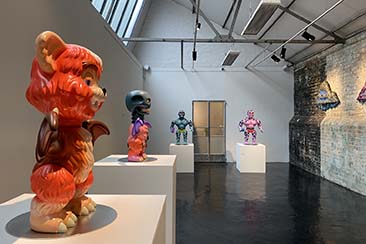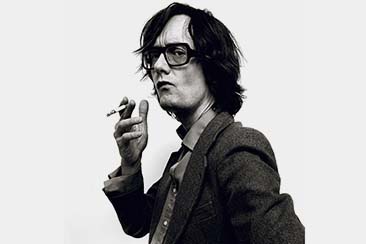>
“Now I am become Death, the destroyer of worlds.” J Robert Oppenheimer, quoting a Hindu religious text to summarise his feelings after seeing the first successful test of the Atomic Bomb in New Mexico, 1945. The physicist was in awe of what he and his fellow Manhattan Project colleagues had created, but also terrified. Nearly 70 years on, and the image of a mushroom cloud remains one of the most powerful there is – at once a symbol of mankind’s incredible scientific achievements and its capability for devastating violence.
Photography has always played an important role in the sphere of nuclear technology, whether it be as a tool of scientific measurement, a medium of propaganda, or a means of protest. After the Flash: Photography from the Atomic Archive, at London gallery WORK, brings together a morbidly fascinating collection of imagery from all angles. The collection is split into three sections: Cameras and Clouds looks at photography’s role in creating the abstract image; At Work in the Fields of the Bomb is concerned with the physical and ideological structures of the atomic landscape; The Culture of Contamination investigates social engagement with the nuclear industry through protest and Pop Art. The collection, on display from 10 October to 20 December, draws heavily from the archive of art historian and curator John O’Brian. His illustrated book Camera Atomica, from Black Dog Publishing, is launching in conjunction with the exhibition.
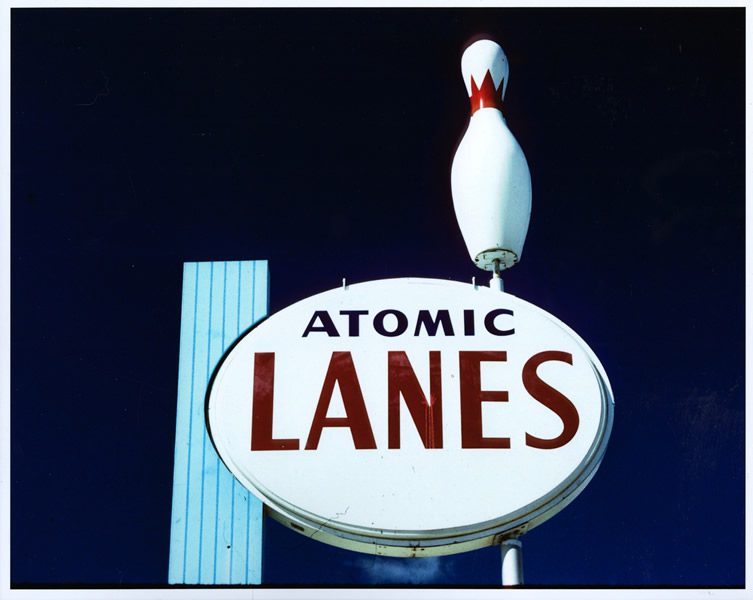
Michael Crawford,
Atomic Lanes, n.d.
Collection of John O’Brian
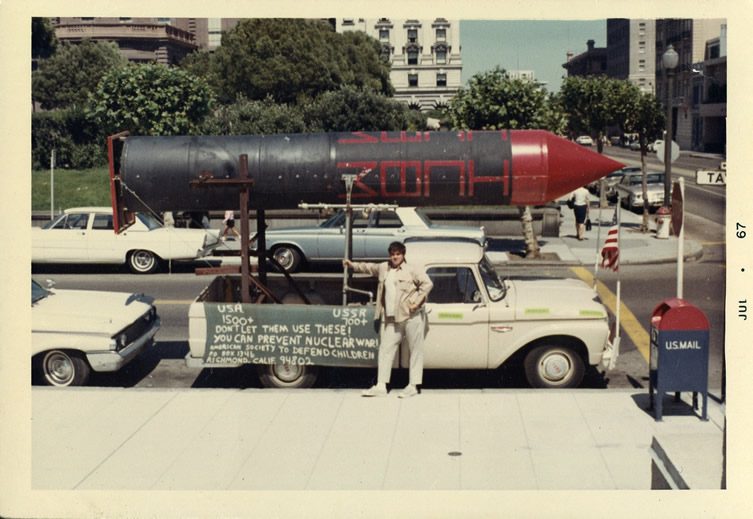
Photographer Unknown,
Anti-Nuclear Bomb War Protest Sign, July 1967
Collection of John O’Brian
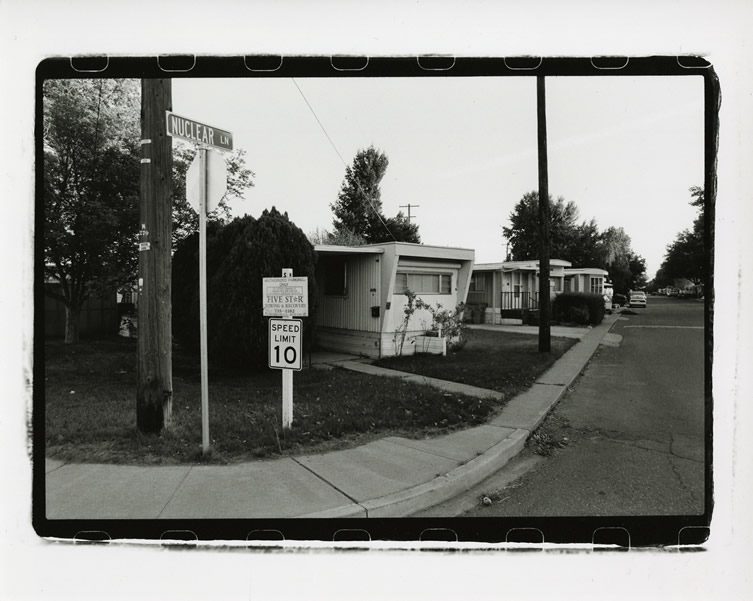
Michael Crawford,
Nuclear Lane, 2000
Collection of John O’Brian
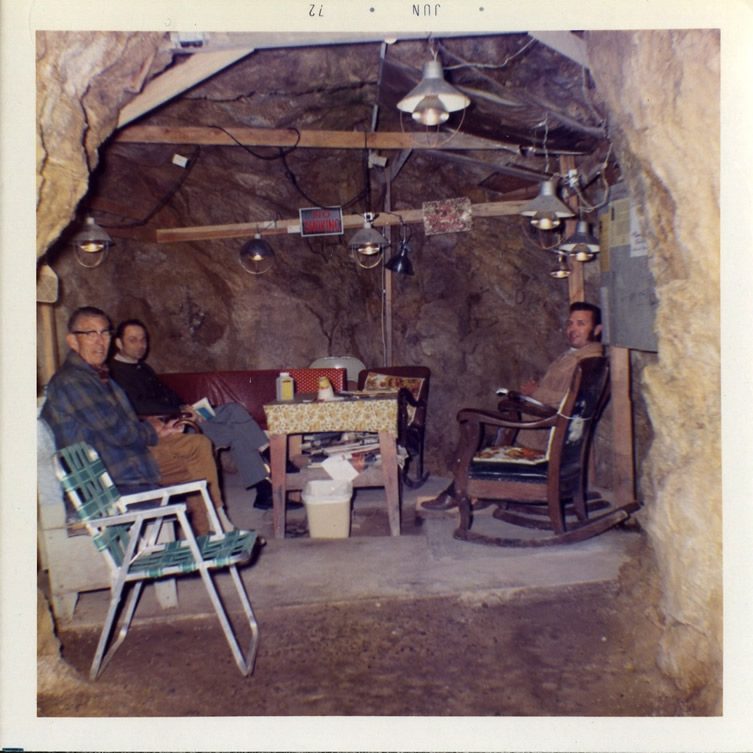
Photographer Unknown,
Cave Bomb Shelter, June 1972
Collection of John O’Brian
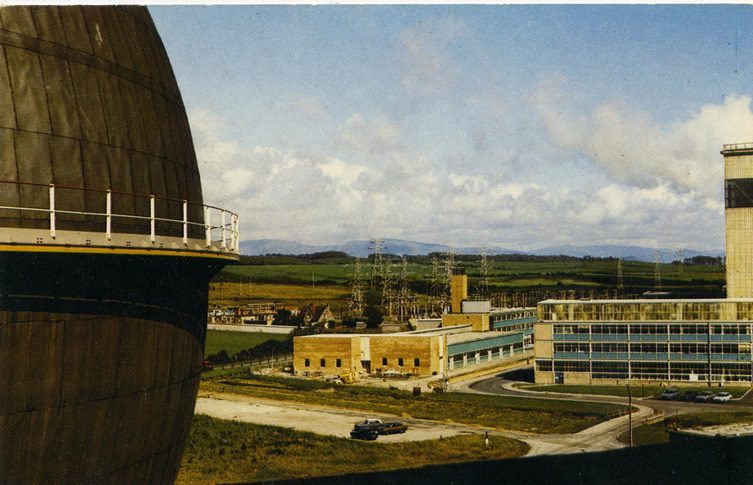
Atomic Postcard
Britain, n.d.
Collection of John O’Brian
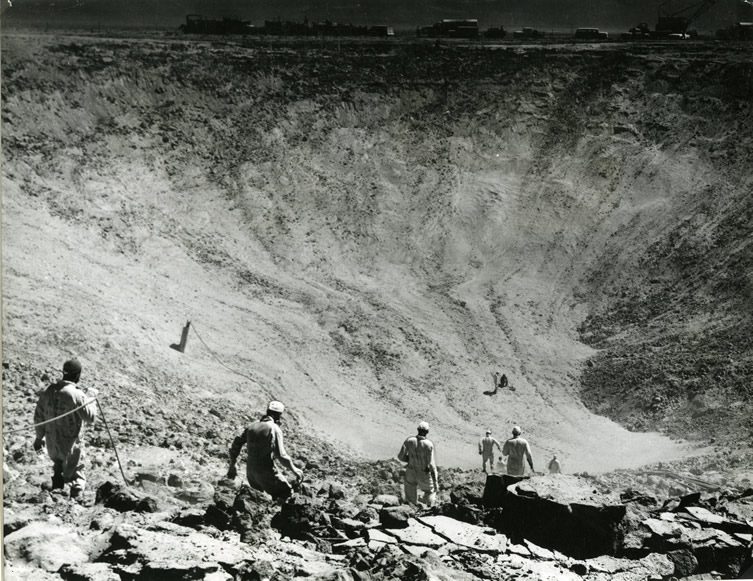
Curt Gunther,
Hydrogen Bomb Explosion, Yucca Flats, Nevada, 12 October 1967
Collection of John O’Brian
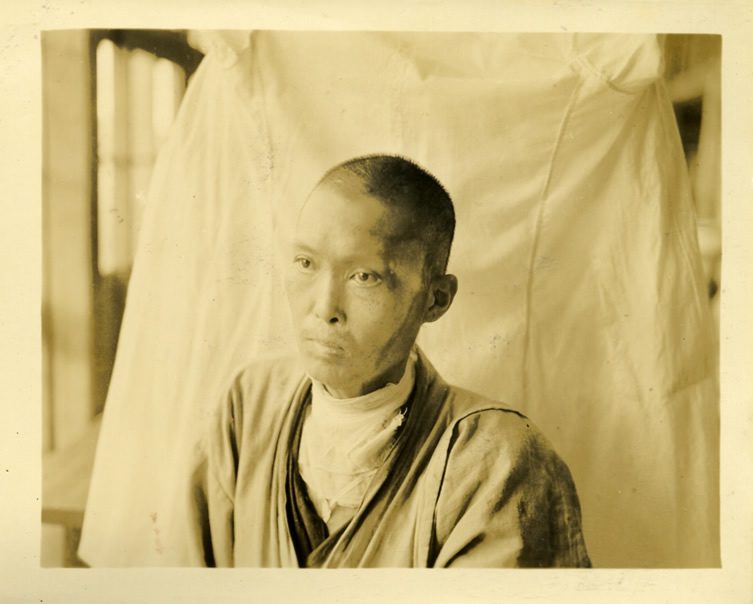
Photographer Unknown,
Face, 1945-1950
Collection of John O’Brian



